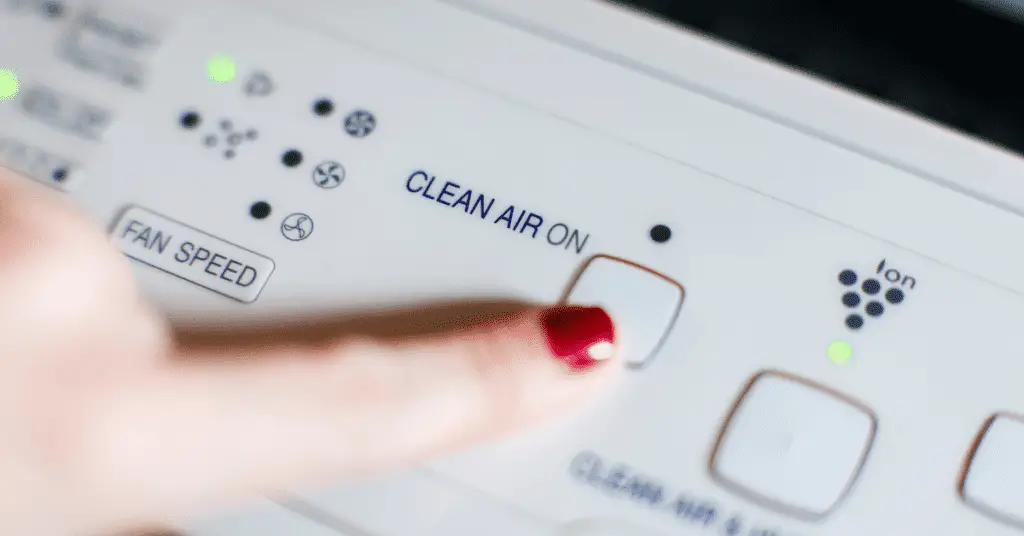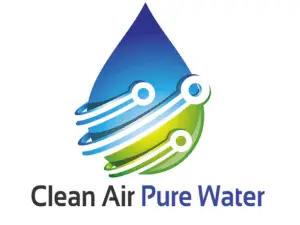There are hundreds of air purifiers on the market, all listed at varying prices. Many, however, are at the high-end of the price spectrum, costing over hundreds of dollars. Some even cost thousands of dollars for large, advanced units— but what makes them so “advanced” and expensive, exactly?
Here are 6 reasons why air purifiers are so expensive:
- They contain high-end filtration technology.
- They provide a clean air delivery rate.
- Quality units will have an Energy Star efficiency rating.
- Air purifiers have better cleaning technology.
- Most are covered by long-term warranties.
- Many top-tier air purifiers have more design options.
In this article, I’ll dive into expensive air purifiers. I’ll also discuss why some machines are priced so high and whether they’re worth the investment. Read on to learn more.
1. They Contain High-End Filtration Technology
Most high-end air purifiers contain a High-Efficiency Particulate Air (HEPA) filter. The United States Department of Energy sets efficiency and air purification level standards. HEPA filters meet those standards and consist of a dense, fibrous material designed to collect airborne particles.
For a filter to obtain the HEPA filter title, the filter must capture 99.97 percent of particles. Also, it must remove microscopic particles as small as 0.3 microns. Needless to say, HEPA filters are very efficient at cleaning the air.
Higher-end air purifiers may even contain more advanced filtration technology that exceeds HEPA standards. These types of filters offer better odor absorption and may have an ionizer or use other technology, as we’ll discuss later in this article.
Low-end, inexpensive air purifiers often utilize air filters that look similar to HEPA filters but do not provide the same level of filtration. These filters do not meet HEPA standards and may not capture smaller particles, like microorganisms, including bacteria and viruses.
When choosing an air purifier, look for the smallest particle size that the filter can remove. I recommend the IQAir HealthPro Plus Air Purifier from Amazon. This air purifier uses an oxidation process to destroy harmful chemicals and offers activated carbon absorption to eliminate odors. It provides a HEPA filter that removes bacteria, viruses, and captures particles down to .003 microns.
2. They Provide a Clean Air Delivery Rate
The Association of Home Appliance Manufacturers created a standard for measuring an air purifier’s efficacy called the Clean Air Delivery Rate, or CADR. This rating allows consumers to compare the rate at which a machine can remove particulates from the air.
For example, if an air purifier states that it cleans 100 cubic feet (2.83 cubic meters) of the air per minute (at the highest fan speed). Also, the filter removes 80 percent of airborne particulates, then the machine would have a CADR rating of 80.
There are different CADR ratings for various airborne particulates, including tobacco, smoke, pollen, and dust. Each airborne particulate is a different size, so the higher the CADR for each, the faster the machine can remove these particles. For example, smoke particles tend to be significantly smaller than pollen.
We’ve listed some of the sizes of these particles below:
- Smoke – .09 to 1 micron
- Dust – 0.5 to 3 microns
- Pollen – 5 to 11 microns
If a machine boasts a high CADR rating for smoke, it means that it can remove those contaminants from the air quickly, thanks to high filter efficiency and good airflow.
Keep in mind that the AHAM CADR program is voluntary, so not all air purifiers, even good ones, will have this rating. However, many high-end air purifiers are AHAM Verifide®, and it’s an excellent rating to look for when purchasing an air purifier.
3. Quality Units Will Have an Energy Star Efficiency Rating
For an efficient, quality air purifier, you’ll want to look for a model that is Energy Star rated.
Higher-end machines typically have this designation. In order for an air purifier to be Energy Star approved, the dust CADR rating must be two times higher than the highest fan speed. For example, if the air purifier pulls 200 watts on its highest fan setting, the CADR rating must be 400 or higher.

4. Air Purifiers Have Better Cleaning Technology
Many air purifiers are expensive simply because they offer better technology. Today, many “smart” air purifiers on the market feature things like WiFi capabilities, self-timers, auto air quality sensing, and more.
Some offer different technologies for better air purification, including:
- Ultraviolet Germicidal Irradiation (UVGI) – This technology targets airborne microorganisms by applying ultraviolet light to destroy the microbes. It kills dust mites, mold, bacteria, and viruses. It essentially sanitizes the air. Combining UVGI with a HEPA filter makes for a powerful, efficient machine.
- Photocatalytic Oxidation (PCO) – PCO targets gas and VOCs by changing the pollutants into harmless byproducts. The device utilizes titanium oxide and low-energy UV light for filtration.
- Electrostatic Precipitation (ESP) – ESP targets airborne particulates and ionizes the air. Electrically charged plates capture the particles and prevent them from being released back into the air.
- Odor Absorption – Higher-end models typically offer better odor absorption, often using activated carbon filtration systems.
5. Most Are Covered by Long-Term Warranties
More expensive machines often come with more extended warranties. Lower-end devices may not come with a warranty at all or a limited warranty at best.
The warranties on higher-end machines tend to cover more, including workmanship or material defects. For example, Alen Air Purifiers offer a one to five-year factory warranty on their air purifier units. When the product is registered, and the user enrolls in their active filter subscription, they offer a lifetime warranty. Alen Air Purifier products range from $199 to over $700 (€168 to over €592).
6. Many Top-Tier Air Purifiers Have More Design Options
In addition to extra technological features, many higher-end machines offer more aesthetic options than lower-end models. There are more colors, finishes, and designs that make them suitable for different home interiors. The different shapes and sizes allow the owner to incorporate the air purifier as part of their home’s decor.
Budget vs. High-End Air Purifiers: Which Ones Are Better?
High-end air purifiers are better because budget air purifiers are unlikely to provide the same quality of air filtration as the more expensive machines.
Budget air purifiers typically use a non-HEPA filter, have lower CADR ratings, produce high noise levels, and generally have a lower performance. There is often poor airflow due to weak fans, preventing the air from moving and, in turn, reducing the cleaning efficiency.

